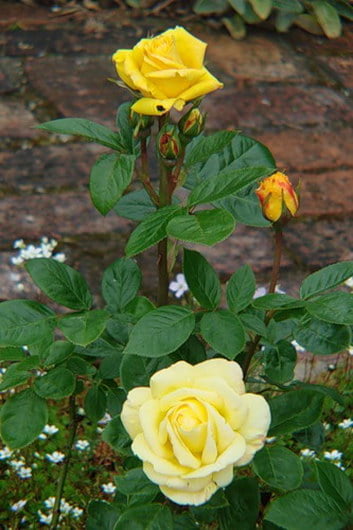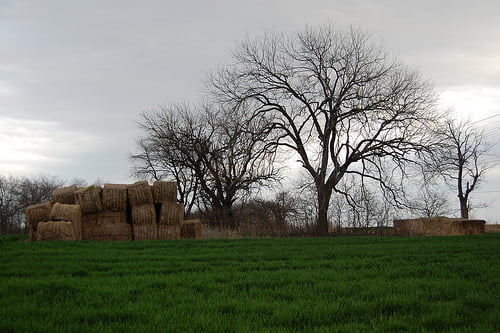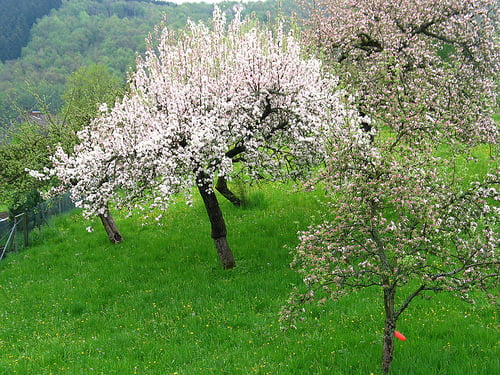These beauties have an unfair reputation for being fussy, hard-to-care-for plants. Although some roses do require more maintenance than others, growing roses is something everybody can do.

Known amongst rose lovers as the queen of flowers, the rose has been a very significant bloom for people throughout the history of civilization.
Cleopatra filled her living quarters with rose petals to make a lasting impression on Mark Anthony; the self-indulgent emperor Nero dumped tons of rose petals on his dinner guests, and in Roman times newlyweds were often crowned with roses.
Reference to roses is found on frescoes, in literature and religious documents of ancient times, but the era of the modern rose was established with the introduction of the first hybrid tea rose.
“La France” by the French breeder Guillot was cultivated in 1867, and by the late 20th century there were more than 10 000 hybrid tea roses.
It was the wife of Napoleon Bonaparte, Josephine, who renewed interest in the garden rose. She dreamt of having a rose garden that contained a collection of all the roses in the world.
Whether you have the same dream as Josephine or can only accommodate a potted miniature rose, having roses in your garden is very rewarding.
To be successful in rose growing you need to ensure that your roses get enough sun, air, and nutrients.
Here is what you need to do:
Choose a good sunlit spot (roses need at least 5 hours of full sunlight a day) that enjoys good air circulation (stagnant air promotes fungal infection).
– Dig a hole 50cm in depth and width.
– Fill the hole with water and leave to drain.
– Add large quantities of compost to ensure good drainage and aeration.
– Fill the hole with enough mixed soil to place the rose at the correct height.
– Use a stick to position the plant – the bud-union must eventually be below the surface of the soil.
– Fill more enriched soil around the plant, compress the soil and water well.
The very best way to care for your roses is to give them sufficient water. It isn’t so much the frequency of watering that is important but rather the quantity of water that reaches the plant’s roots.
Each plant should receive 10 – 15 litres of water per week, and container roses should be watered daily as the soil can rapidly dry out.

Roses love water in motion. Water should be able to penetrate the soil and readily drain. Very sandy soil needs more frequent watering (3 – 5 times per week) to keep the roots cool and replenish the drained water.
Clay or loamy soil shouldn’t be irrigated as often (1- 3 times per week). To facilitate better drainage in clay soil, rough organic matter like peanut shells, bark chips or pine needles can be worked into the soil when planting or after pruning in winter.
If your roses make new shoots and generally look healthy, you know that you are watering them adequately. If this is not the case, double up on the watering and you should see the results within a week or two. The leaf mass on a rose plant will determine the amount of flowers it can produce.

With only a few leaves, the plant cannot sufficiently cool down through the process of transpiration and will suffer due to overheating and sunburn. It is therefore best to increase watering if you see blackness on the stem.
Cutting it back will only stress the plant more. Give it time to heal itself with new shoots and leaves. Fertiliser should also not be applied until there are enough new leaves on the bush.
The amount of roots that anchor the plant and take up water and nutrients is directly proportional to the growth above ground.
Good soil drainage is important but it should not drain so fast that the root area dries out. Use mulch around the plant’s root area to keep the roots cool. Fertilise your roses once a month to promote new growth.
Roses that have happy roots can grow up to 20 years old, so what better investment than planting roses in your garden? Also, in South Africa they flower for at least 9 months of the year.




